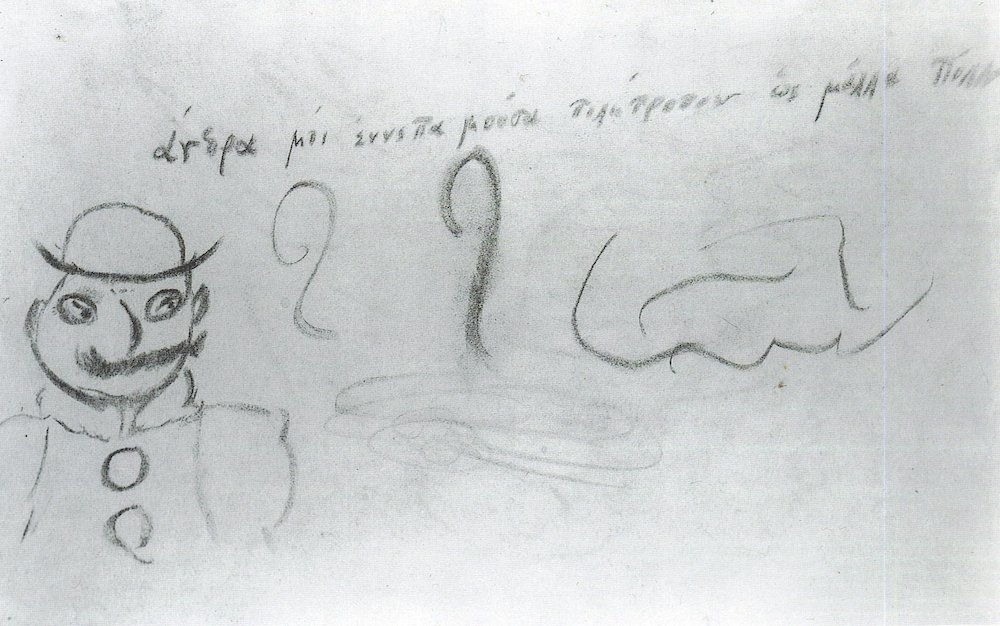
James Joyce had a terrible time with his eyes. When he was six years old he received his first set of eyeglasses, and, when he was 25, he came down with his first case of iritis, a very painful and potentially blinding inflammation of the colored part of the eye, the iris. A short time later, he named his newborn daughter “Lucia,” after the patron saint of those with eye troubles.
For the rest of his life, Joyce had to endure a horrific series of operations and treatments for one or the other of his eyes, including the removal of parts of the iris, a reshaping of the pupil, the application of leeches directly on the eye to remove fluid–even the removal of all of Joyce’s teeth, on the theory that his recurring iritis was connected with the bacterial infection in his teeth, brought on by years of poverty and dental neglect.
After his seventh eye operation on December 5, 1925, according to Gordon Bowker in James Joyce: A New Biography, Joyce was “unable to see lights, suffering continual pain from the operation, weeping oceans of tears, highly nervous, and unable to think straight. He was now dependent on kind people to see him across the road and hail taxis for him. All day, he lay on a couch in a state of complete depression, wanting to work but quite unable to do so.”
In early 1926, Joyce’s sight was improving a little in one eye. It was about this time (January 1926, according to one source) that Joyce paid a visit to his friend Myron C. Nutting, an American painter who had a studio in the Montparnasse section of Paris. To demonstrate his improving vision, Joyce picked up a thick black pencil and made a few squiggles on a sheet of paper, along with a caricature of a mischievous man in a bowler hat and a wide mustache–Leopold Bloom, the protagonist of Ulysses. Next to Bloom, Joyce wrote in Greek (“with a minor error in spelling and characteristically skewed accents,” according to R. J. Schork in Greek and Hellenic Culture in Joyce) the opening passage of Homer’s Odyssey: “Tell me, muse, of that man of many turns, who wandered far and wide.”
NOTE: Joyce’s drawing of Bloom is now in the Charles Deering McCormick Library of Special Collections at Northwestern University. Nutting was a significant source for the biography of Joyce that was written by Richard Ellmann, a professor at Northwestern. According to Scott Krafft, a curator at the library, Ellmann brokered a deal in 1960 for the library to purchase Nutting’s oil paintings of James and Nora Joyce, his pastel drawings of the Joyce children Giorgio and Lucia, along with Joyce’s sketch of Bloom, for a total of $500. The source for the January 1926 date of the Bloom sketch is an article, “James Joyce…a quick sketch” from the July 1976 edition of Footnotes, published by the Northwestern University Library Council. Our thanks to Scott Krafft.
Note: An earlier version of this post appeared on our site in 2013.
Related Content:
James Joyce: An Animated Introduction to His Life and Literary Works
What Makes James Joyce’s Ulysses a Masterpiece: Great Books Explained
James Joyce’s Crayon Covered Manuscript Pages for Ulysses and Finnegans Wake
Read the Original Serialized Edition of James Joyce’s Ulysses (1918)


Leave a Reply